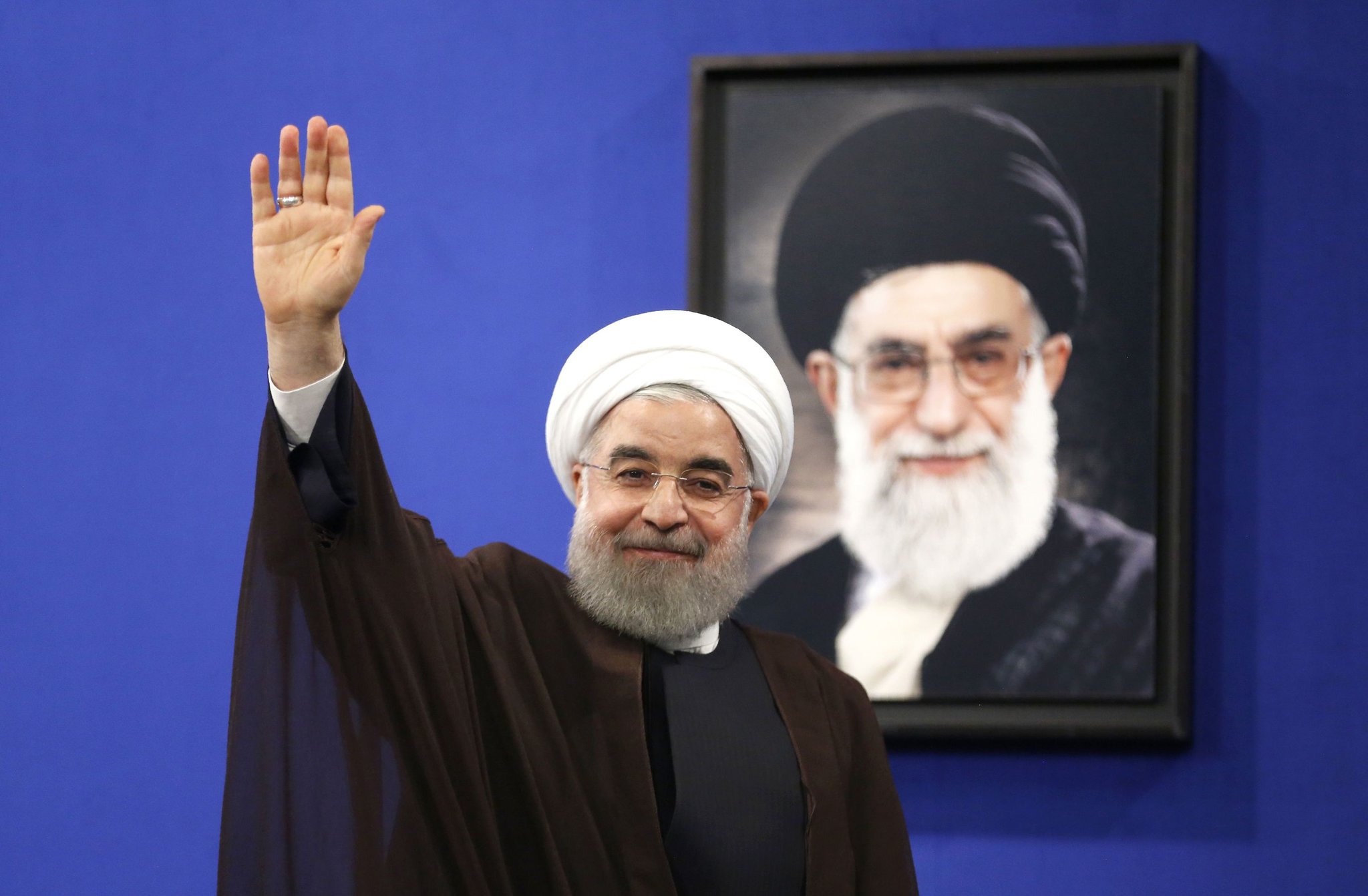Iran votes for transformation
May 22, 2017 | Expert Insights

Hassan Rouhani, Iranian President has been re-elected in a rout victory, sanctioning his efforts to re-engage with the west and offer greater freedoms at home. The results will have noteworthy impacts far beyond Iranian borders. His win is a strong reproach to hardliners from those who want substantial social and political reforms.
Election Results
Rouhani defeated his conservative opponent Ebrahim Raisi in a victory in predominantly Shiite nation. Rouhani won 57% of the total votes, or 23,549,616 votes as against 39.8 percent for Raisi. The scale of Rouhani’s victory has given the pro-reform camp a strong mandate to pursue the kind of change that hardliners have managed to impede for decades.
When did Rouhani rise politically?
He has been a crucial player in Iranian political life since 1979 revolution. He was a powerful figure in Iran’s defence establishment during 1980-88 Iran-Iraq war and consequently held numerous significant political posts.
Why did Rouhani win again?
Hassan Rouhani has proved once again that Iran’s electorates prefer the moderate reformist path over the inflexible ideology and strict social restrictions favored by the conservative clergy and security establishments. His victory indicates a strong popular mandate to speed up tentative reforms. The results would also be welcomed in the western capitals and business as it would provide an opportunity and certainty for Tehran’s foreign relation and its commitment to the nuclear deal. During his first success, he was credited with improving healthcare, bringing down inflation from a peak of 45 percent to single-digit and stabilizing the currency. The lifting of many sanctions after the nuclear deal was implemented in January 2016 also meant oil exports doubled and economic growth rebounded. Alongside, his desire to expand personal freedoms and open Iran’s ailing economy to global investors was another reason for his victory.
Who supports Rouhani?
Rouhani began his first term in the center of the Islamic Political spectrum, later had moved firmly to the left placing himself with the reformist. He has the support of moderates in Iran. In his election campaign he put forward a modern and outward looking Iran, in contrast to what his opponent had promised. The two political leaders’ remains divided on number of issues, from their attitude towards nuclear agreement, to their attitude towards the United States, to the main elements of the economic policy that the state should pursue.
Assessment
The president would have to navigate a tricky relationship with USA, which appears at best ambivalent about the nuclear deal reached by former President Barack Obama. Trump arrived on Saturday in Saudi Arabia; the Saudis are Iran’s biggest enemies on the region are expected to push hard for trump to turn his back on the nuclear deal. It can be very hard for Iran to remove rest of the non-nuclear sanctions with trump in power. The Iranian President needs to come up with the policies for revitalizing the growth in the economy, which is minimal since is 2016, leaving unemployment at 12.5 percent.








Comments